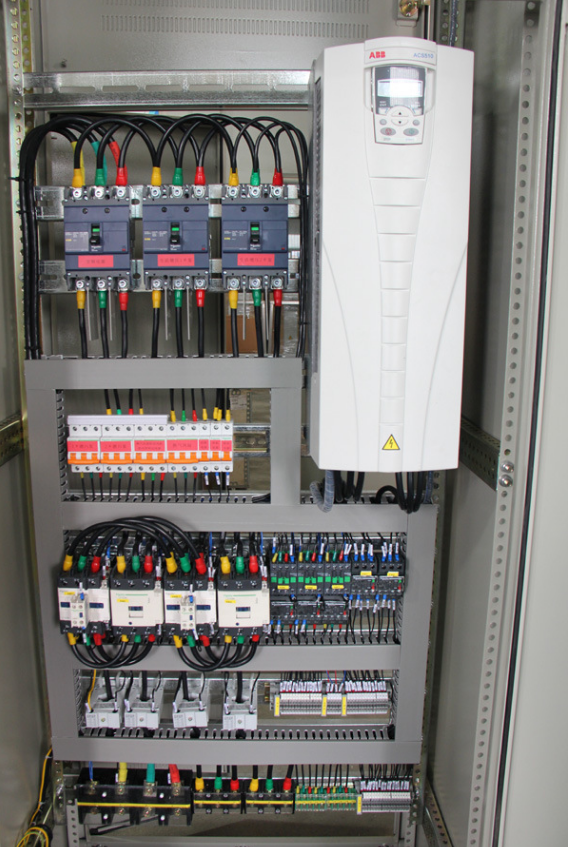The internal structure of the frequency converter
The frequency converter, also named frequency changer, is an electrical appliance that changes the frequency.
As the frequency changes, the motor speed will also change, and then add some actually needed functions to form a complete control device.
This is the simple control of the frequency converter.
The principle, so simple and straightforward, is for the understanding of the friends who first met.
As the understanding deepens, you can slowly understand its internal principle structure from a deeper level.
As a maintenance electrician, our main job is to judge and repair electrical circuit failures.
As for the inverter ’s own failures including the replacement of its internal electronic components (except for internal parameter setting problems),
it can be referred to more professional maintenance personnel.
Inverters, as electricians, we only need to be able to determine whether the fault originates from the inverter itself.
Of course, if the inverter can also repair itself, it belongs to a higher level.

In fact, there are rules for repairing the circuit containing the frequency converter :
First, we must know the circuit composition of the typical application circuit of the frequency converter:
incoming line-fuse-isolation switch-contactor-input filter- -Frequency converter-output filter-AC output reactor-motor, this is the main frame of the circuit!
Secondly, it is necessary to understand some auxiliary circuits around the frequency converter.
Such as adjusting potentiometer, external transformer power supply, time relay, etc.
This is the circuit structure of a general small inverter, with high power, like filters and reactors are mostly built-in, but in fact this circuit structure.
It is worth noting here that although the contactor is used for power supply control in some circuits, the contactor will not be used to directly control the start and stop of the frequency converter.
because the contactor is generally not added to the front end of the inverter, the frequency conversion When the converter is in the output state, the pre-stage is suddenly powered off, and the post-stage circuit lacks rapid emergency conversion, so it is easy to burn the inverter.
If you must do so, you must add a chain sequence control, first cut off the load, and then cut off the pre-stage power supply.
In general, there is no leakage protection circuit breaker in the front stage of the inverter, which is also related to this point.
On the one hand, when the inverter is working, it will have a slight leakage itself;
If the circuit breaker is suddenly cut off, it is also easy Burn out the inverter.